As Canadian temperatures begin to drop and winter approaches, wheelchair users face unique challenges that require thoughtful preparation and strategic planning. The harsh Canadian winter conditions – from freezing temperatures and snow accumulation to ice formation and reduced daylight hours – can significantly impact wheelchair performance, user comfort, and overall mobility independence. Understanding how to properly prepare your wheelchair for winter conditions ensures that cold weather doesn’t become a barrier to maintaining your active lifestyle and daily routines.
At Power Plus Mobility, our experience manufacturing wheelchairs specifically for Canadian conditions has taught us that winter preparation goes beyond simple weather protection. It involves comprehensive planning that addresses equipment performance, user safety, and comfort maintenance throughout the challenging winter months. Whether you’re maintaining your wheelchair year-round or preparing for your first Canadian winter as a wheelchair user, proper preparation can make the difference between thriving and merely surviving during the coldest months.
Understanding Winter’s Impact on Wheelchair Performance
Canadian winters present multiple challenges that can affect wheelchair functionality and user experience. Freezing temperatures can impact battery performance in power wheelchairs, cause metal components to contract, and make rubber and plastic parts more brittle. Snow and ice accumulation can impede wheel movement, while salt and de-icing chemicals used on roads and sidewalks can accelerate corrosion of metal components.
Temperature fluctuations between indoor and outdoor environments create condensation issues that can affect electrical systems and promote rust formation. Additionally, reduced daylight hours and icy conditions increase safety concerns for wheelchair users who need to navigate outdoor environments during winter months.
Understanding these challenges allows wheelchair users to implement preventive measures that protect both equipment and personal safety throughout the winter season. Proper cleaning protocols become even more critical during winter months when exposure to salt, moisture, and debris increases significantly.
Pre-Winter Wheelchair Inspection and Maintenance
Before winter weather arrives, conducting a comprehensive wheelchair inspection ensures that your equipment is operating at peak performance when challenging conditions demand reliability. This inspection should focus on components most likely to be affected by cold weather and harsh conditions.
Battery systems in power wheelchairs require particular attention, as cold temperatures can reduce battery capacity by 20-50%. Testing battery performance, checking connections for corrosion, and ensuring proper charging systems function becomes critical for maintaining mobility independence during winter months. Consider investing in battery warmers or insulation covers designed specifically for wheelchair batteries operating in cold climates.
Wheel and tire inspection takes on added importance during winter preparation. Check tire tread depth, sidewall condition, and proper inflation levels. Cold temperatures naturally reduce tire pressure, so establishing baseline pressure readings in autumn allows for proper adjustment as temperatures drop. Consider winter tire options that provide improved traction on snow and ice-covered surfaces.
Brake systems, both manual and power-assisted, require thorough testing and adjustment before winter conditions arrive. Cold weather can affect brake cable tension and hydraulic system performance, making proper pre-winter adjustment essential for safe operation on potentially slippery surfaces.
Protecting Against Moisture and Corrosion
Winter conditions expose wheelchairs to increased moisture from snow, ice, and the frequent transitions between heated indoor environments and cold outdoor conditions. This moisture exposure, combined with salt and chemical de-icers, creates ideal conditions for corrosion and electrical system damage.
Applying protective coatings to metal components can significantly reduce corrosion risk during winter months. Regular application of appropriate lubricants to moving parts helps prevent moisture accumulation and ensures smooth operation despite temperature fluctuations. Pay particular attention to wheel bearings, brake mechanisms, and folding joints that are exposed to the elements.
Electrical components require special protection during winter months. Consider weatherproof covers for control panels, joysticks, and charging ports. Ensure that all electrical connections are properly sealed and protected from moisture infiltration. After exposure to winter conditions, allow adequate time for condensation to evaporate before operating electrical systems.
Storage considerations become crucial during winter months. When possible, store wheelchairs in climate-controlled environments to minimize temperature fluctuations and reduce condensation formation. If outdoor or unheated storage is necessary, use appropriate covers and moisture-absorbing materials to protect sensitive components.
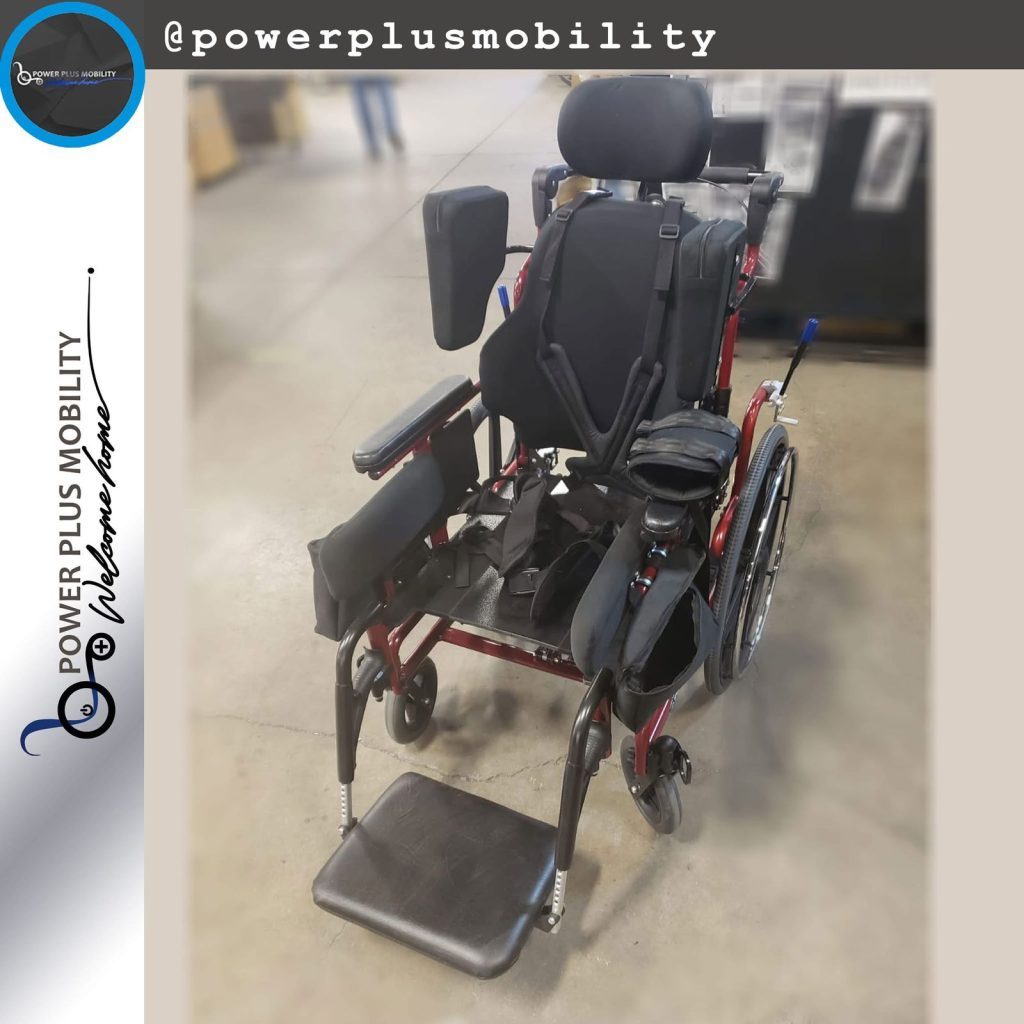
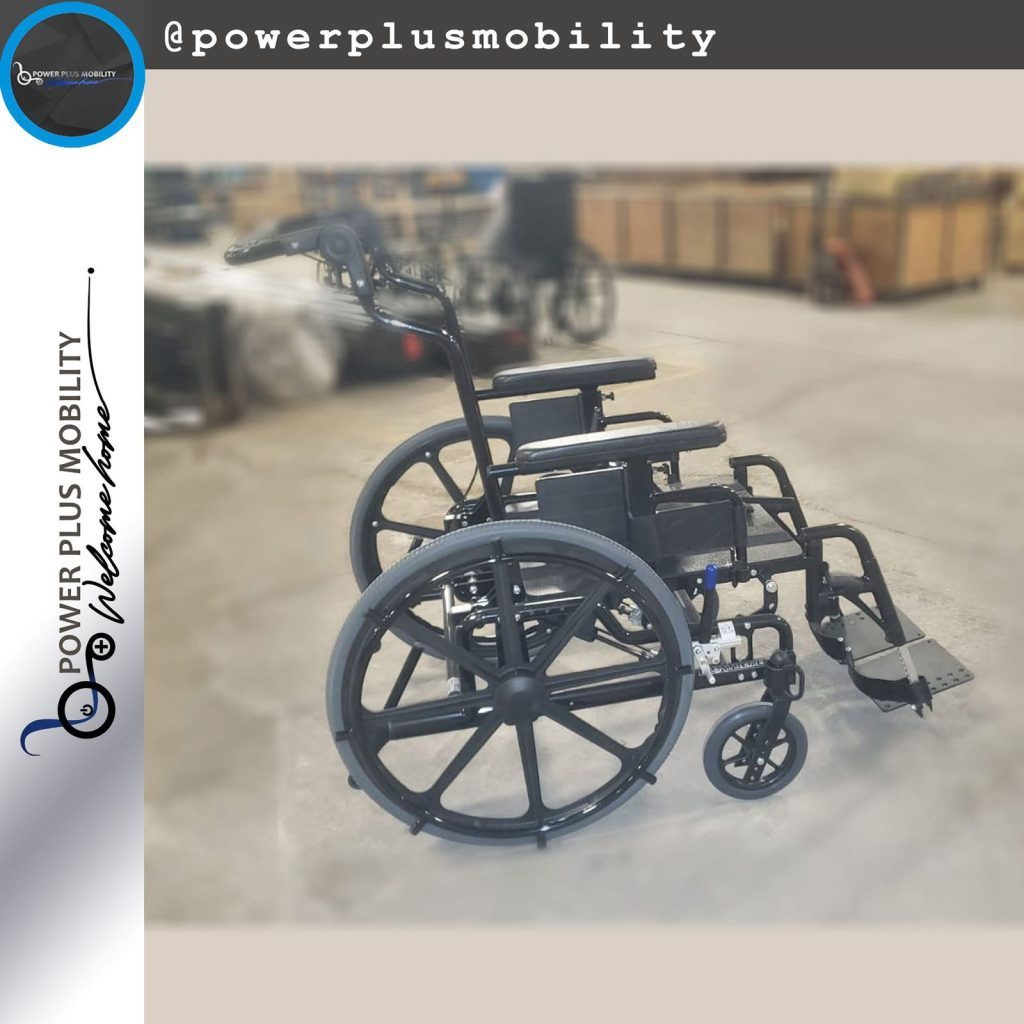
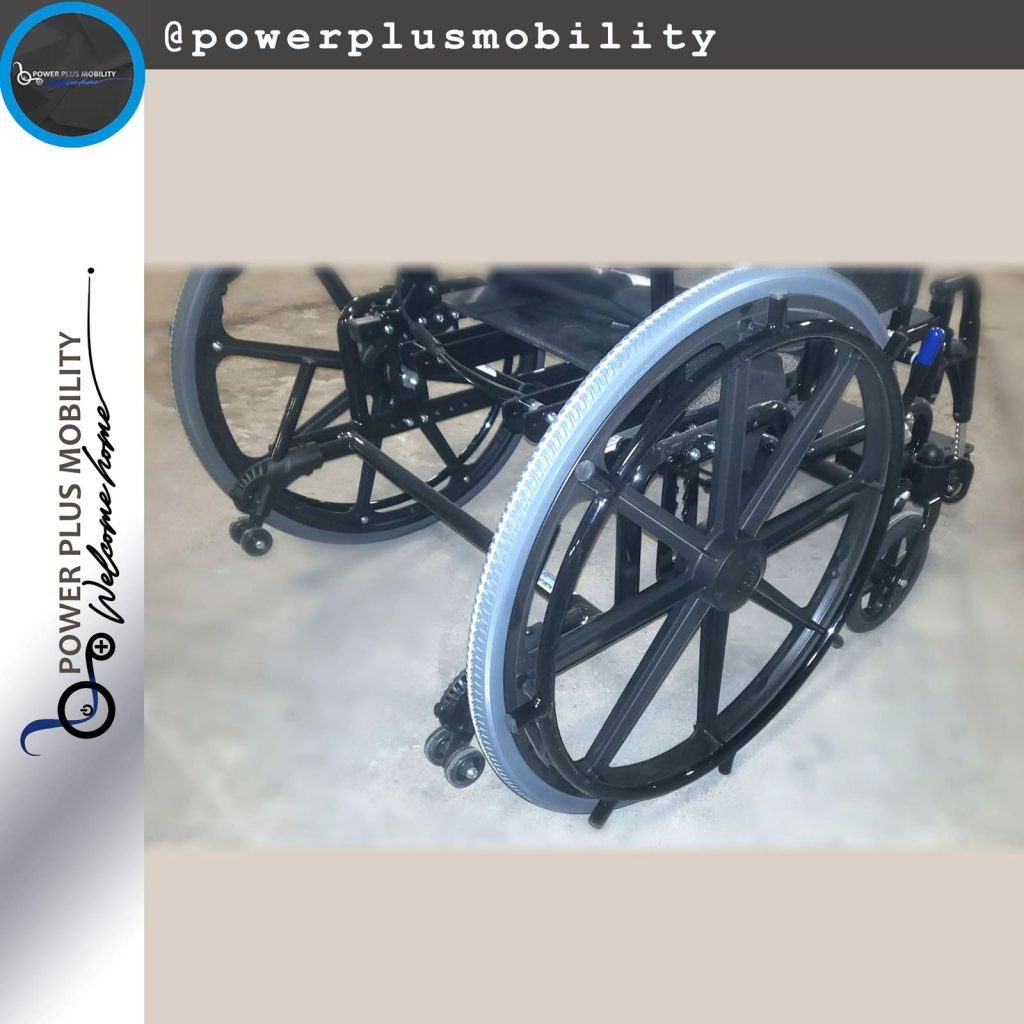
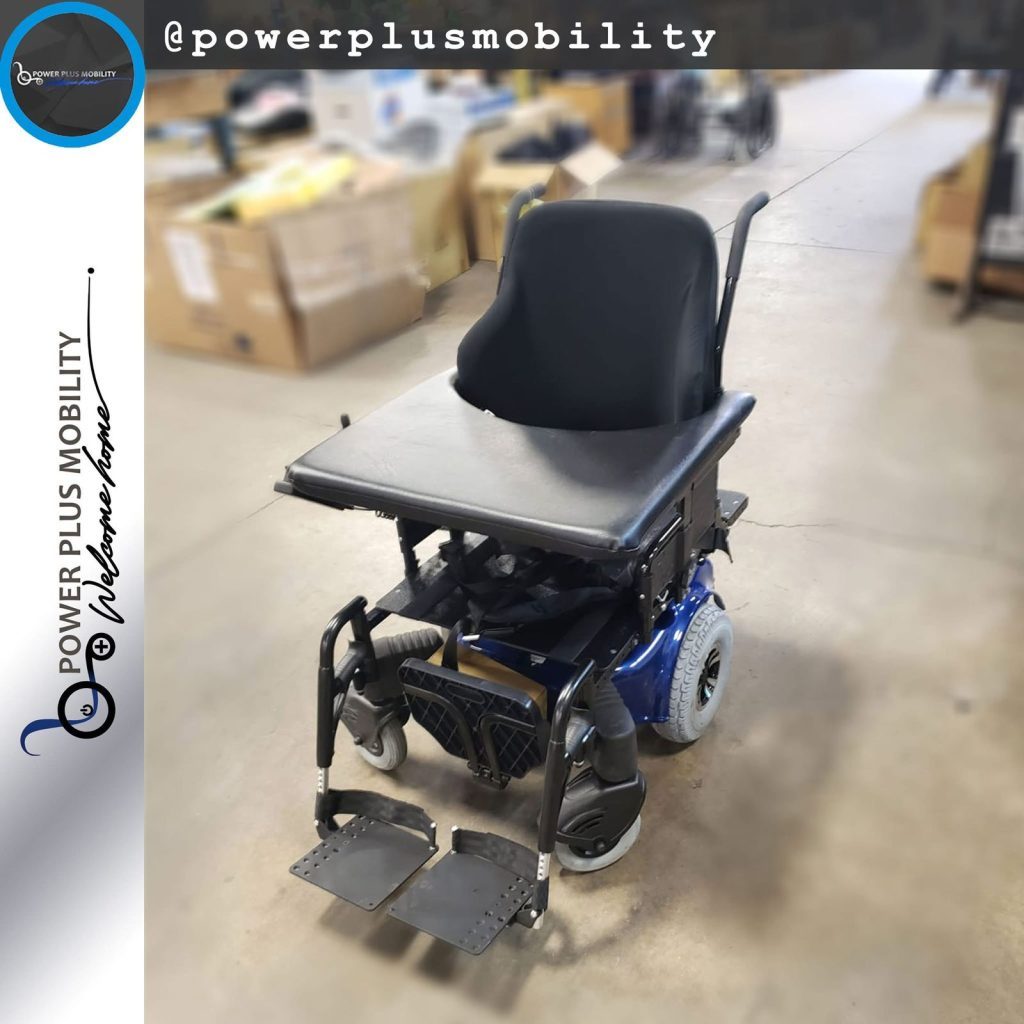
Winter Clothing and User Comfort Adaptations
Staying warm while maintaining mobility requires careful consideration of clothing choices that don’t interfere with wheelchair operation or safety. Bulky winter clothing can affect transfer abilities, reach ranges, and control access, making strategic clothing selection essential for maintaining independence and comfort.
Layered clothing systems provide flexibility for temperature management while maintaining freedom of movement necessary for wheelchair operation. Base layers that wick moisture away from the skin, insulating middle layers, and wind/water-resistant outer layers create a system that adapts to varying conditions throughout winter days.
Extremity protection becomes particularly important for wheelchair users who may have reduced sensation or circulation in hands and feet. Quality gloves that maintain dexterity for wheelchair operation while providing warmth can be challenging to find but are essential for safe winter mobility. Consider heated gloves or hand warmers for extended outdoor exposure.
Foot and leg protection requires attention to both warmth and positioning. Wheelchair footrests can become extremely cold during winter use, potentially causing frostbite in users with reduced sensation. Insulated footrest covers and proper winter footwear help maintain comfortable temperatures while protecting against injury.
Outdoor Navigation and Safety Strategies
Winter conditions significantly impact outdoor wheelchair navigation, requiring modified techniques and enhanced safety awareness. Snow accumulation, ice formation, and reduced visibility create hazards that demand careful planning and appropriate response strategies.
Tire chains or winter treads designed for wheelchairs can dramatically improve traction on snow and ice-covered surfaces. These modifications require proper selection and installation to ensure compatibility with your specific wheelchair model and usage patterns. Practice using traction aids in controlled conditions before relying on them in emergency situations.
Route planning becomes crucial during winter months. Identify primary and alternate routes that are most likely to be cleared and maintained during snow events. Familiarize yourself with locations of heated shelters and accessible buildings along frequently used routes. Consider timing adjustments to avoid peak ice formation periods during early morning and evening hours.
Emergency preparedness takes on added importance during winter wheelchair use. Carry emergency supplies including extra batteries, emergency communication devices, and warming materials when venturing outdoors during severe weather conditions. Understanding what to do when your wheelchair breaks at home becomes even more critical when winter conditions limit repair and replacement options.
Indoor Air Quality and Health Considerations
Canadian winters often mean extended periods indoors with reduced ventilation, creating air quality challenges that can affect wheelchair users more significantly than ambulatory individuals. Dry indoor air, chemical off-gassing from heating systems, and reduced air circulation can impact respiratory health and overall comfort.
Humidity control becomes important for both health and equipment maintenance. Extremely dry indoor air can cause skin problems and respiratory irritation, while excessive humidity promotes mold growth and equipment corrosion. Maintain indoor humidity levels between 30-50% for optimal health and equipment preservation.
Consider air filtration improvements during winter months when windows remain closed for extended periods. High-quality air filters and purification systems can reduce allergens, chemical pollutants, and airborne contaminants that may affect respiratory health.
Regular equipment cleaning becomes even more important during winter months when increased indoor time means greater exposure to household dust, pet dander, and other indoor contaminants. Enhanced mobility and independence during winter months often depends on maintaining optimal health through environmental management.
Seasonal Mental Health and Social Connection
Winter months can present mental health challenges for all Canadians, but wheelchair users may face additional isolation and activity restrictions that require proactive management. Reduced outdoor activities, limited social opportunities, and seasonal depression can significantly impact quality of life during winter months.
Maintaining social connections requires creative adaptation during winter months. Technology solutions, accessible winter activities, and modified transportation arrangements help preserve important social relationships despite weather limitations. Consider joining wheelchair user groups or organizations that provide winter activity opportunities and peer support.
Indoor exercise and activity adaptation becomes crucial for maintaining physical and mental health during winter months. Identify accessible indoor facilities, develop home exercise routines compatible with your wheelchair setup, and explore virtual activities that provide engagement and stimulation during long winter days.
Planning for holiday and winter celebrations requires accessibility considerations that may not be necessary during other seasons. Discuss accessibility needs with hosts, plan transportation arrangements for winter conditions, and consider backup plans for weather-related cancellations.
Professional Support and Community Resources
Winter wheelchair preparation often benefits from professional assessment and community support resources available specifically for Canadian wheelchair users. Many provinces offer winter preparation assistance, equipment loans, and emergency support programs designed to help wheelchair users maintain independence during challenging winter conditions.
Occupational therapists can provide valuable guidance on winter adaptation strategies, equipment modifications, and safety planning tailored to individual needs and local conditions. Physical therapists may recommend winter-specific exercises and conditioning programs that help maintain strength and endurance during months of reduced activity.
Community organizations often provide winter support services including snow removal assistance, emergency transportation, and social programming designed specifically for wheelchair users. Research available services in your area and establish connections before winter weather arrives.
Choosing the right wheelchair dealer becomes particularly important when winter service and support needs arise. Local dealers familiar with Canadian winter conditions can provide valuable guidance and rapid response when weather-related equipment issues develop.
Technology Solutions for Winter Challenges
Modern technology offers numerous solutions that can significantly improve winter wheelchair experiences. Smart home systems, weather monitoring applications, and communication technologies help wheelchair users maintain independence and safety during challenging winter conditions.
Weather monitoring systems provide detailed local forecasts that allow for better planning and timing of outdoor activities. Many applications offer accessibility-specific information including sidewalk conditions, public transportation delays, and facility closures that particularly impact wheelchair users.
Home automation systems can provide significant benefits during winter months when getting up to adjust heating, lighting, or security systems may be challenging. Voice-controlled systems, smartphone applications, and automated scheduling help maintain comfort and safety without requiring physical access to controls.
Emergency communication systems become particularly important during winter months when weather conditions may limit traditional emergency response options. Personal emergency response systems, smartphone emergency applications, and community alert networks provide safety nets during severe weather events.
Planning for Winter Equipment Needs
Winter conditions may reveal the need for additional equipment or modifications that weren’t apparent during warmer months. Planning for these needs in advance ensures that appropriate solutions are available when winter conditions arrive.
Consider whether upgrading your wheelchair might be beneficial before winter arrives. Wheelchairs with enhanced weather protection, improved battery systems, or better traction capabilities may provide significant advantages during challenging winter conditions.
Backup equipment becomes more important during winter months when repair and replacement services may be delayed by weather conditions. Having spare batteries, emergency mobility aids, or backup systems available can prevent winter weather from creating complete mobility loss during equipment failures.
Storage solutions for winter-specific equipment help organize and protect seasonal items including traction aids, weather protection gear, and emergency supplies. Proper storage ensures that equipment remains functional and accessible when needed most.
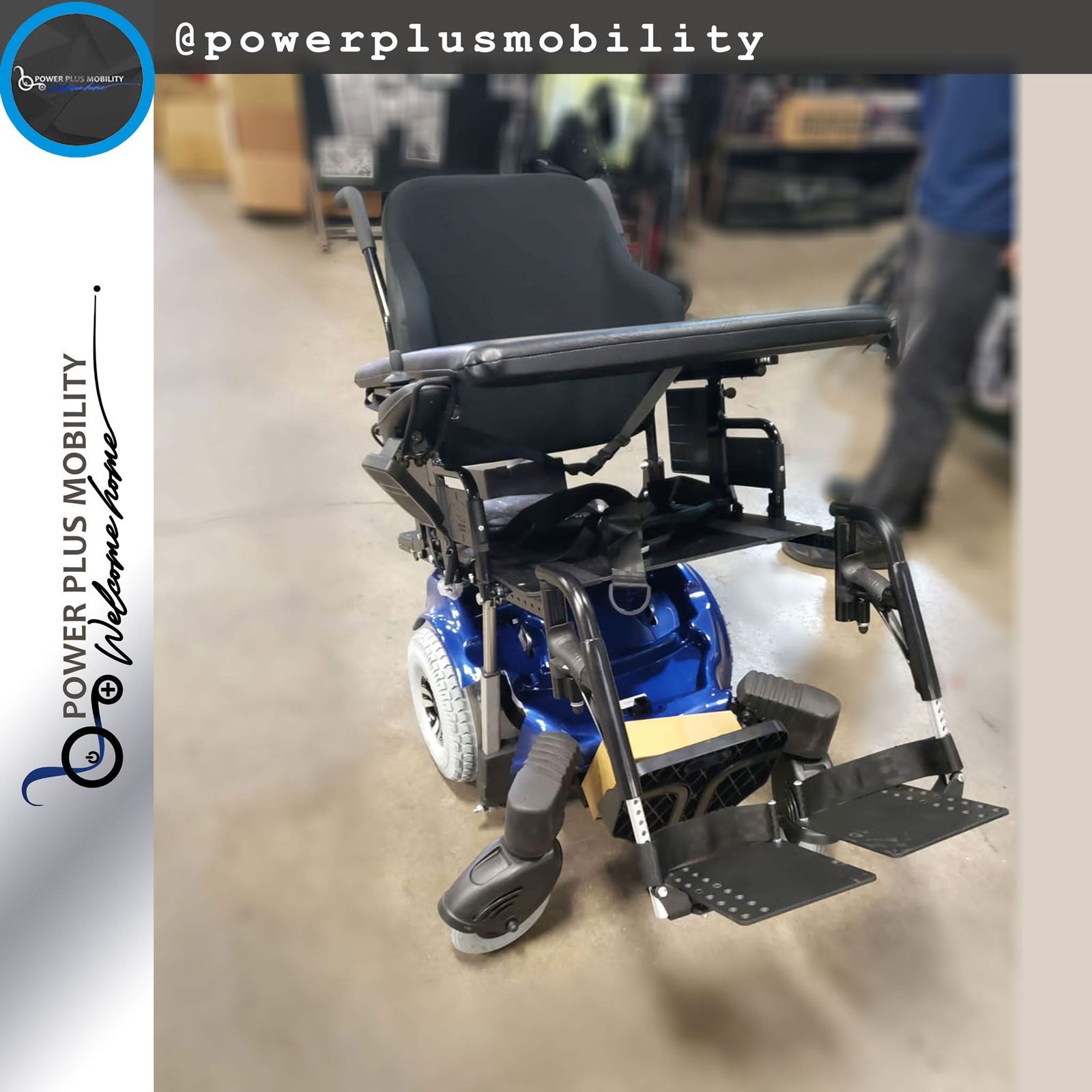
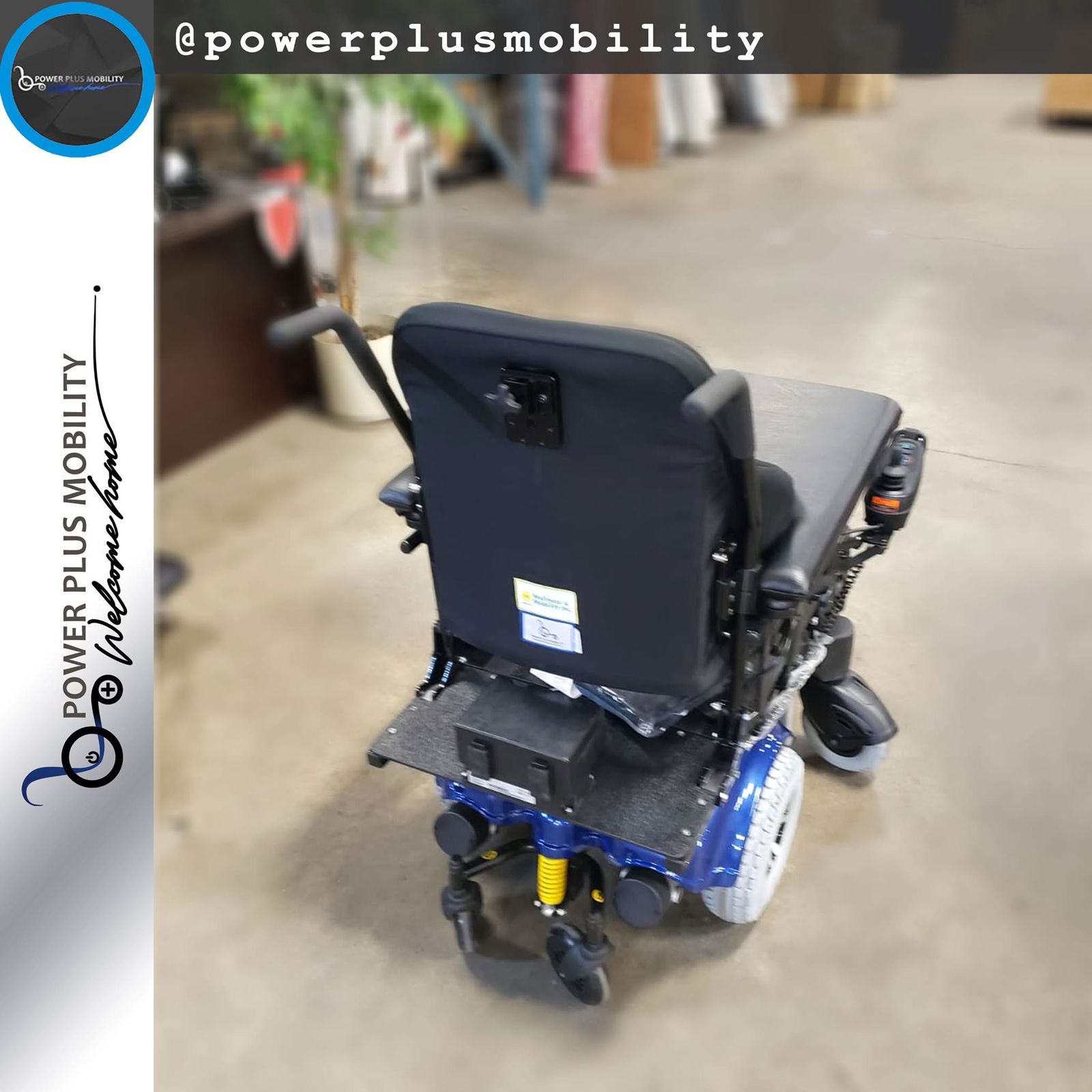
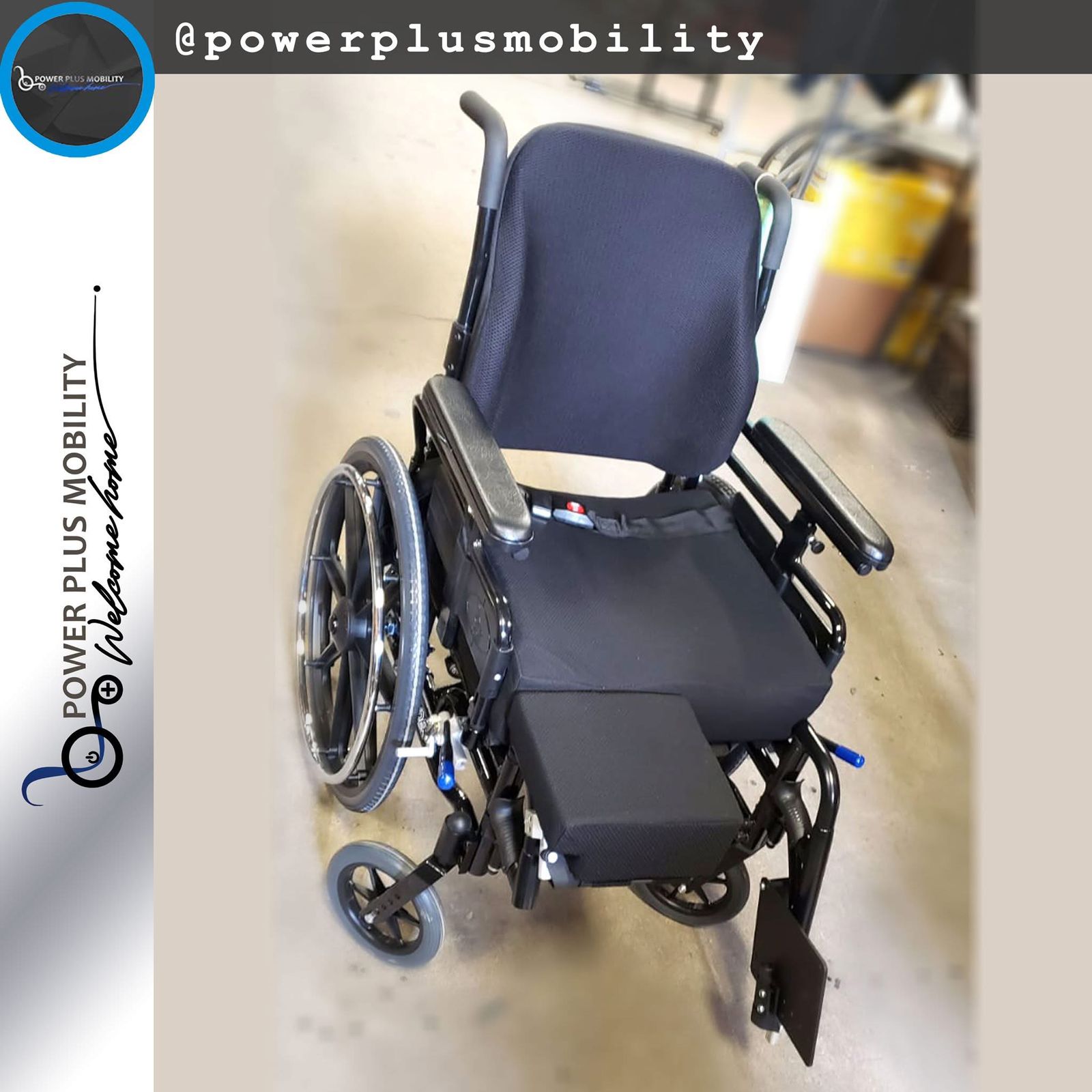
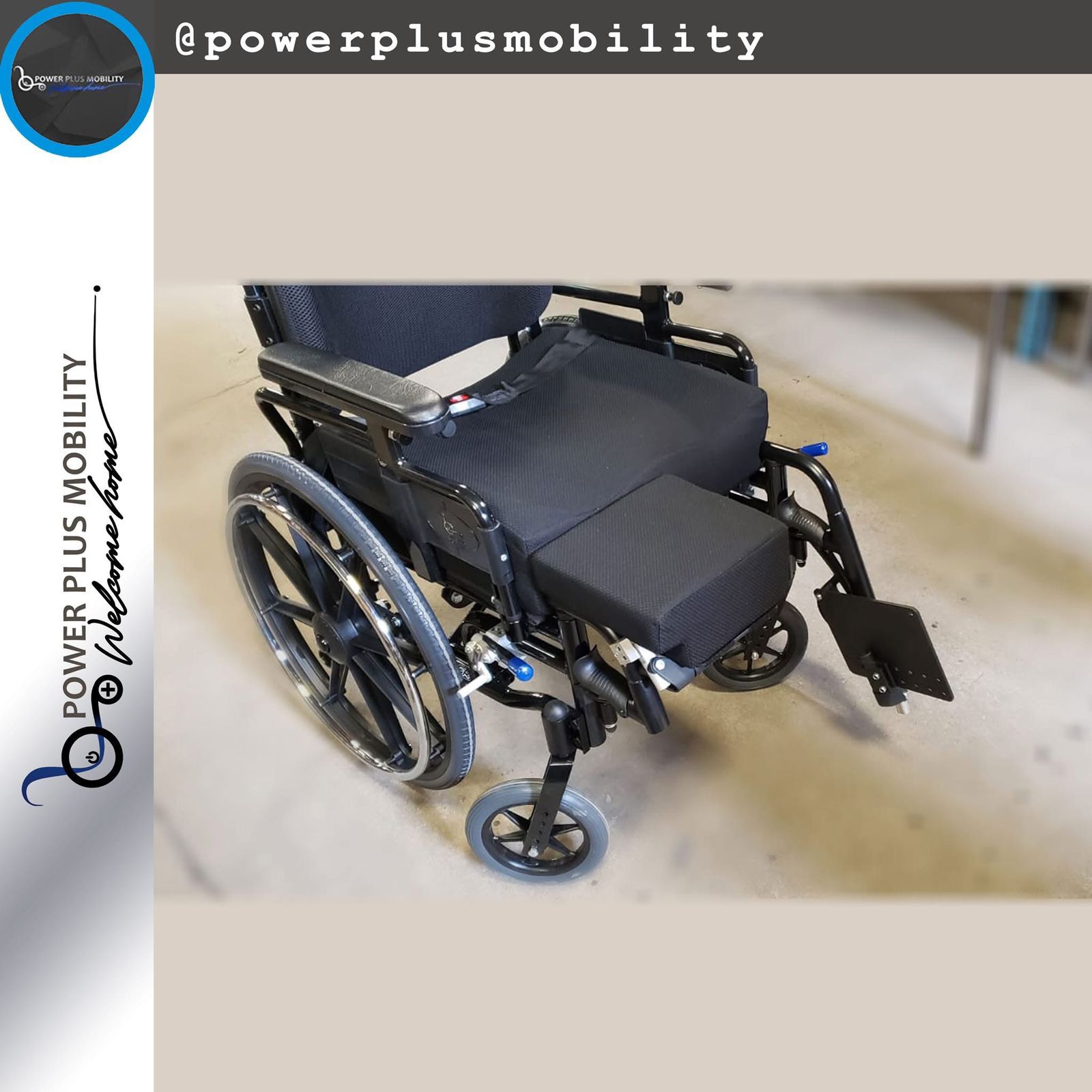
Embracing Winter with Confidence
Successful winter wheelchair use in Canada requires comprehensive preparation, adaptive strategies, and ongoing vigilance throughout the cold season. By addressing equipment maintenance, personal protection, safety planning, and community resources, wheelchair users can maintain independence and quality of life despite challenging winter conditions.
At Power Plus Mobility, our Canadian manufacturing expertise and understanding of local conditions inform our commitment to supporting wheelchair users throughout all seasons. Our wheelchairs are designed and tested to perform reliably in Canadian winter conditions, while our service network provides ongoing support when winter challenges arise.
Winter preparation is an investment in continued independence, safety, and quality of life during Canada’s most challenging season. Start planning early, implement preventive measures consistently, and don’t hesitate to seek professional guidance when needed. With proper preparation, Canadian winters can be navigated safely and comfortably, maintaining the active lifestyle that defines quality wheelchair use year-round.
Ready to prepare your wheelchair for Canadian winter conditions? Contact Power Plus Mobility for expert guidance on winter preparation, equipment modifications, and seasonal maintenance strategies tailored to your specific needs and local conditions.
To visit our social media, please click on Facebook and Instagram



